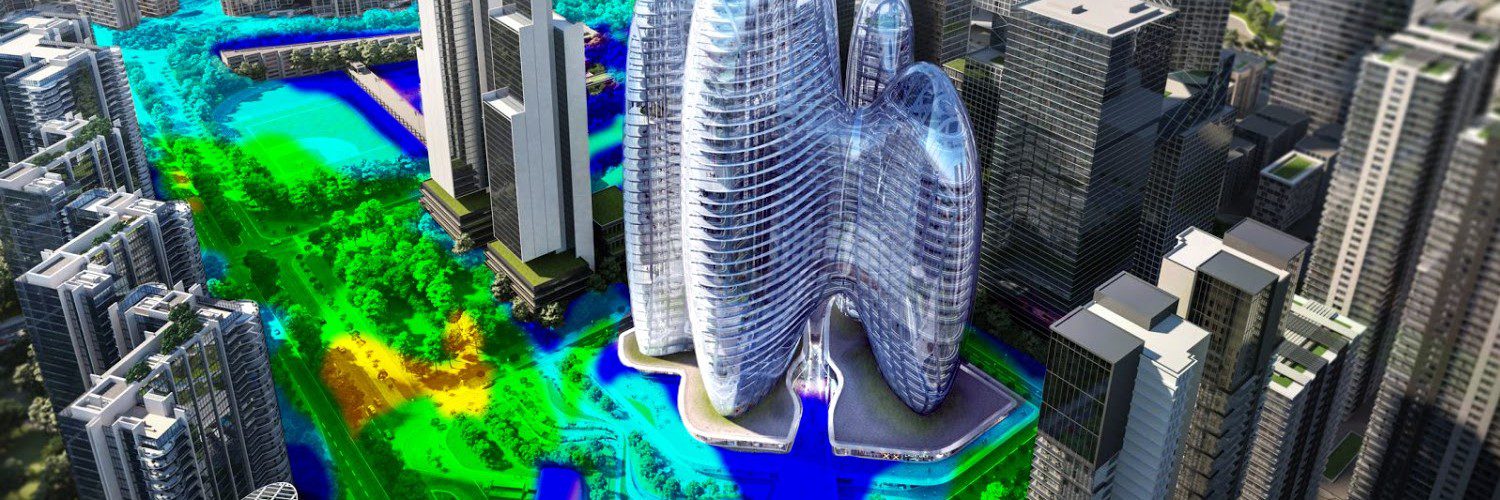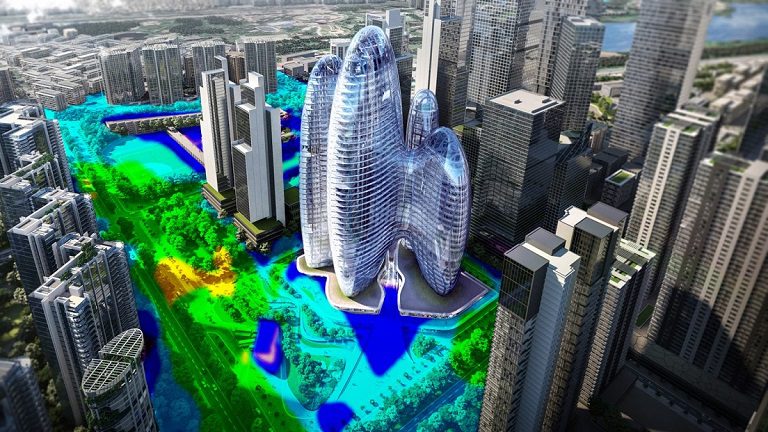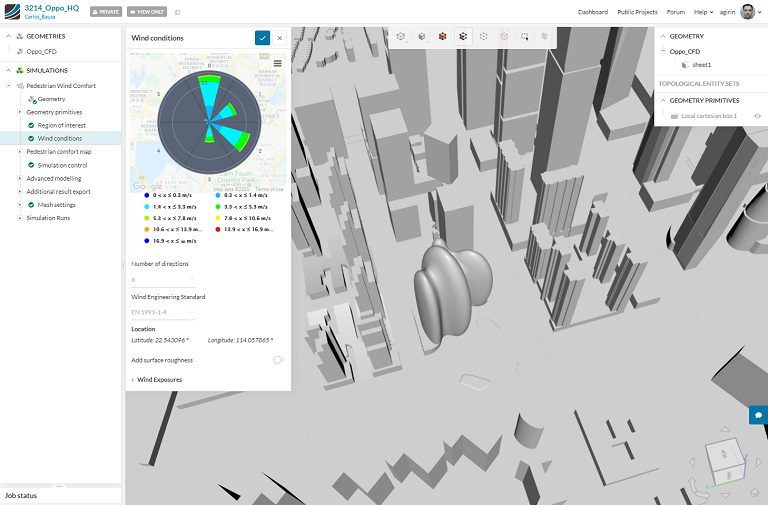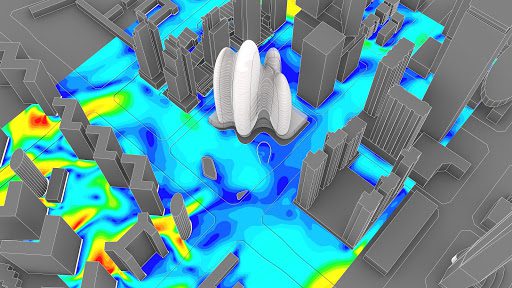
Based in London for 40 years, Zaha Hadid Architects (ZHA) has redefined architecture for the 21st century with a repertoire of projects that have captured imaginations across the globe. Employing advancements in design, material and construction technologies, ZHA is a global leader in the application of Building Information Modelling (BIM) in the design, construction and operations of buildings to increase efficiencies as well as significantly reduce energy consumption and emissions. Marrying innovative digital design methods with ecologically sound materials and sustainable construction practices, ZHA delivers practical solutions to the defining challenges of the modern world. Receiving the highest honors from civic, professional and academic institutions worldwide, ZHA is one of the world’s most consistently inventive architectural studios.
OPPO, a telecom company based in Shenzhen, China selected Zaha Hadid Architects’ proposal for their headquarters’ design. The building is 200 meters tall and 185,000 square meters so required much in the way of internal and external analysis.

The building is to serve as offices for OPPO but also as a public space for leisure and retail. Therefore, the comfort of both occupants within the building and pedestrians using the outside space was critical. Zaha Hadid used CFD simulation to test their design.
As a cloud-based solution for wind modeling and engineering, SimScale enabled Zaha Hadid Architects to gain a better understanding of local winds and identify areas with potential discomfort.
Importing the 3D model was done quickly and easily as the lattice Boltzmann method (LBM), the solver used by SimScale, does not require a water-tight geometry, saving the firm days (if not weeks) on geometry clean-up.

Once the model was ready, they selected the location of the building, set up the wind conditions, and were ready to simulate. In SimScale, the weather database is integrated so all that is needed is a city or postcode and it will import weather data.
If there is an architect that comes to you with a geometry in the morning, you can get the building ready for simulation in one or two hours, get the results after lunch and have time to go through a process of changes, according to the results. So in one day, we are able to optimize. The results we get from SimScale help us quickly understand how a building is going to behave and what kind of impact the building geometry will have on the surrounding space.

Carlos Bausa Martinez
Sustainability Team Lead
In this analysis, Zaha Hadid simulated many wind angles to evaluate the frequency and intensity of the annual wind profile. They found that some areas of their design were at higher risk of exceeding safe wind speeds for pedestrians. They were able to visualize this for their client and demonstrate multiple strategies that could be applied to mitigate the problem. Wind analysis results in SimScale can help establish problem areas affected by wind loads and allows engineers and architects to iterate; changing the layout of the building, adding trees using the porous media feature, and testing the impact of vegetation and the streetscape. Additionally, the post-processing features of the platform generate visually compelling and persuasive images that communicate design to clients and competitions.

The architect of the future is an architect who uses simulation so they can deliver not only beautiful geometries but geometries that are meaningful and reduce impact on the environment.

Carlos Bausa Martinez
Sustainability Team Lead
Sign up for SimScale
and start simulating now